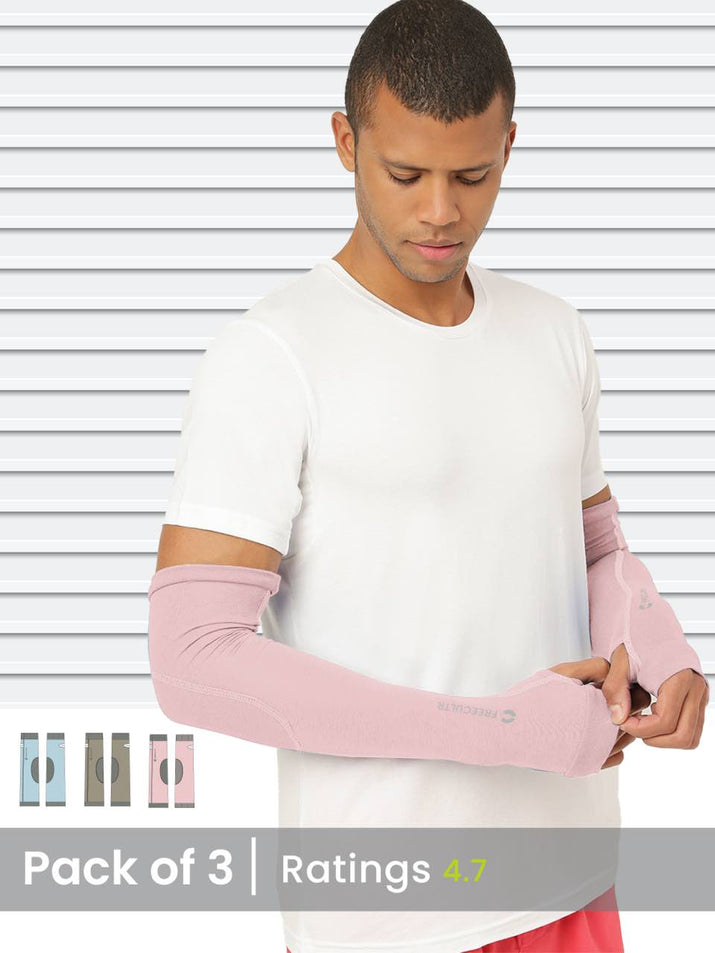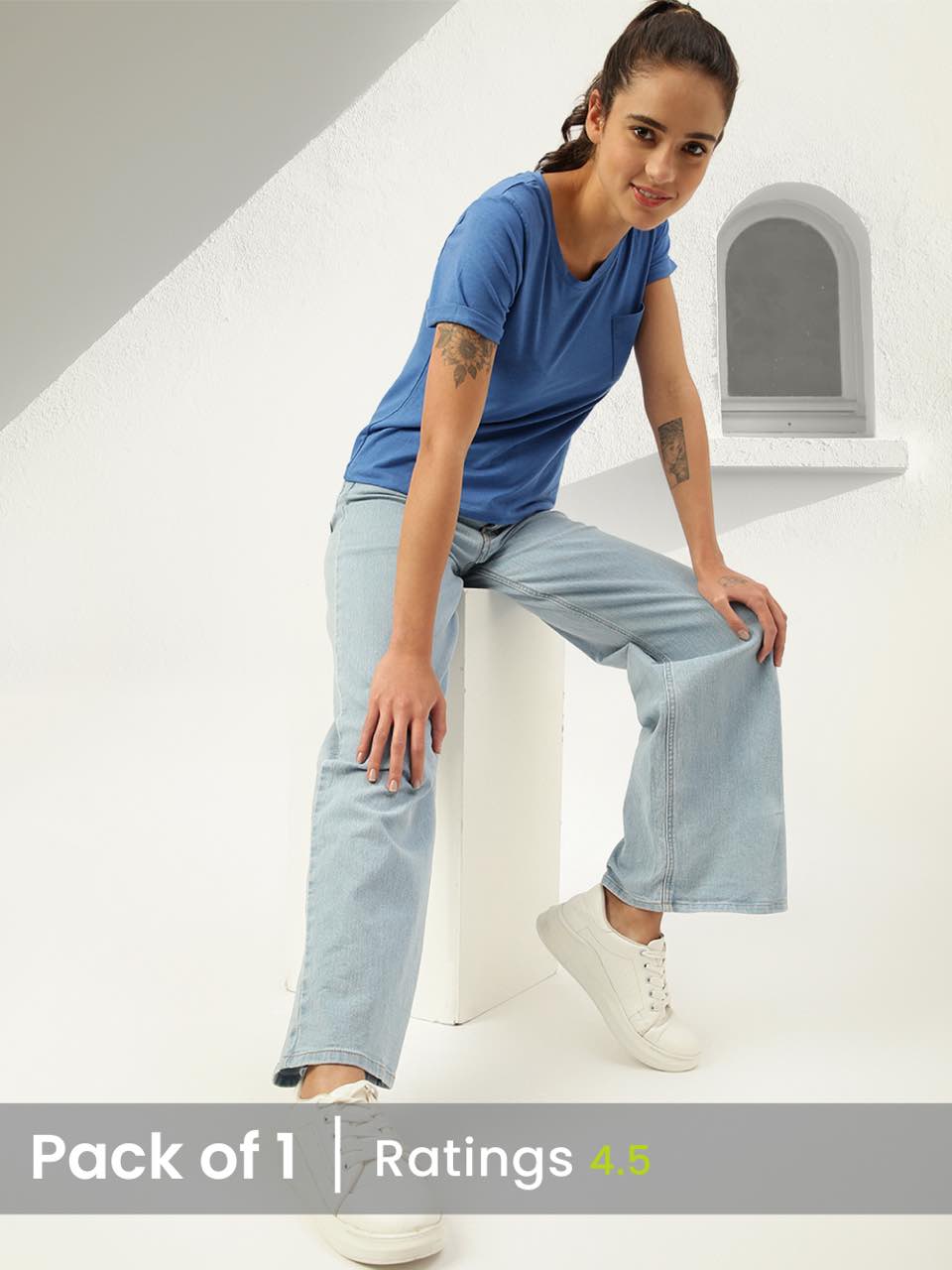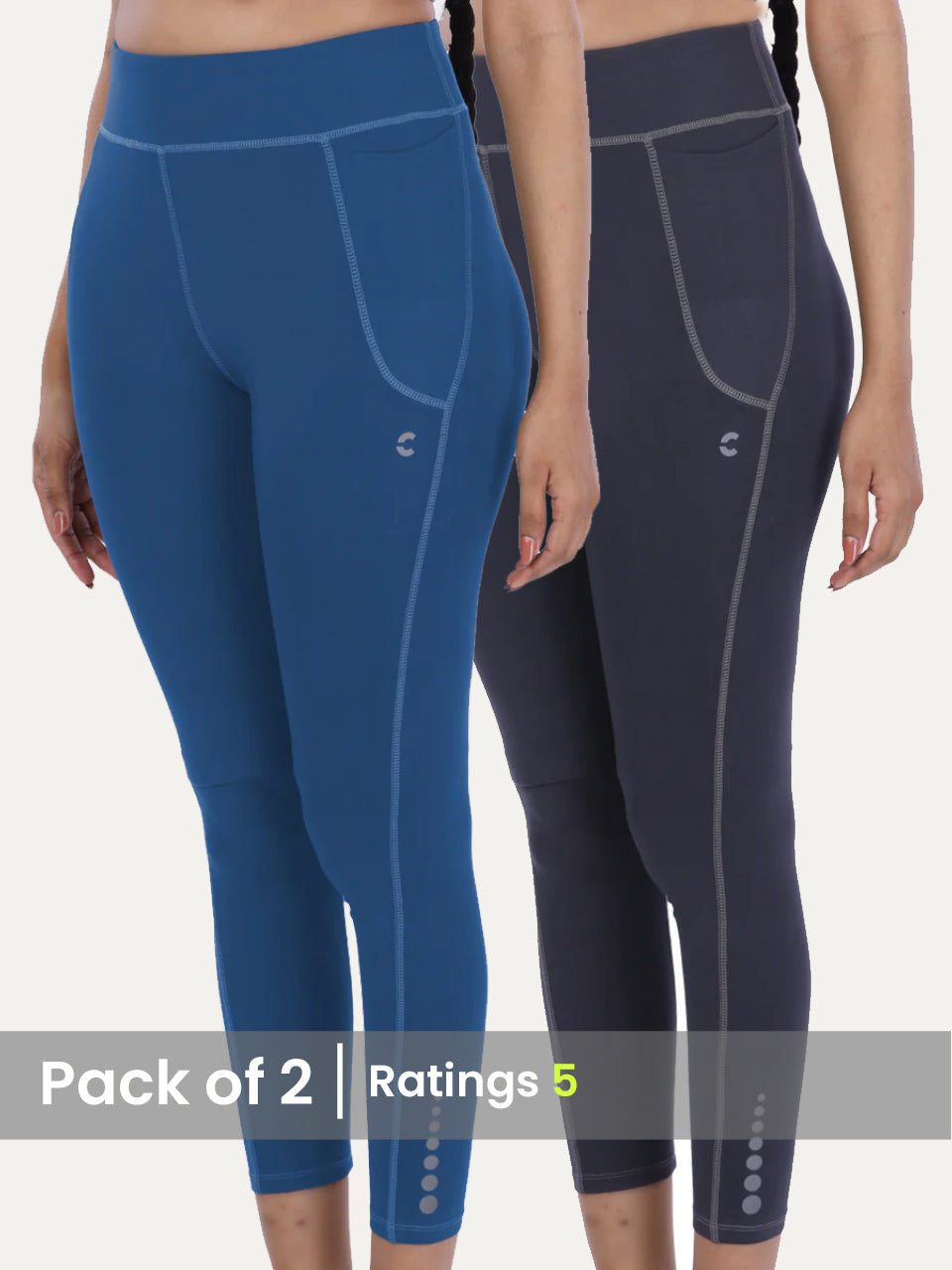- sleeves
- sleeves
- sleeves

More Than Just Fabric: The Unsung Heroes of Comfort and Protection
Hey there, ever thought about those often-overlooked pieces of fabric that wrap around your arms or legs? We're talking about sleeves – not just the ones attached to your favorite shirt. those standalone wonders designed to boost your comfort and safeguard your skin. For a long time, I just thought long sleeves were for warmth or modesty. But boy, was I wrong! These specialized sleeves are true unsung heroes, packed with smart tech and thoughtful design to make your life a whole lot better, whether you're hitting the trails, working outdoors, or just chilling at home.
Think about it: from athletes seeking an edge to outdoor enthusiasts needing sun protection, or even folks just trying to stay cozy, dedicated sleeves offer a level of tailored performance that a regular long-sleeve shirt sometimes can't match. They're built with specific purposes in mind, leveraging advanced materials and ergonomic designs to deliver targeted benefits. It's a game-changer once you realize their potential!
Why Sleeves Are Your Skin's Best Friend: Protection Power
Our skin is our largest organ. it’s constantly battling the elements. This is where specialized sleeves step in as a crucial line of defense. They're not just a fashion statement; they're a practical shield against various environmental threats. Let's dive into how these amazing sleeves protect you:
- Sun Protection This is probably one of the most common reasons people turn to sleeves. Many modern sleeves come with a UPF (Ultraviolet Protection Factor) rating, similar to SPF for sunscreen. A UPF 50+ rating means only 1/50th (or 2%) of the sun's UV radiation can pass through the fabric. This is a massive win for preventing sunburn, premature skin aging. reducing the risk of skin cancer during long hours outdoors. I used to get awful sunburns on my arms while hiking, even with sunscreen. Switching to UPF-rated arm sleeves was a revelation – no more lobster arms!
- Abrasion and Impact Protection If you're into sports like basketball, volleyball, or even just gardening, you know how easy it is to get scrapes, cuts, or bruises. Sleeves made from durable materials can provide a protective layer against minor impacts and abrasions. They act as a second skin, absorbing friction and preventing direct contact with rough surfaces or the ground.
- Temperature Regulation Yes, sleeves can actually help regulate your body temperature! In cold weather, they add an extra layer of insulation to keep you warm. But perhaps more surprisingly, many high-tech sleeves are designed to keep you cool in the heat. How? They often use moisture-wicking fabrics that pull sweat away from your skin, allowing it to evaporate quickly and create a cooling effect.
- Insect Bites and Allergens A simple physical barrier can make a huge difference. Sleeves can protect your skin from annoying insect bites, especially when you're exploring nature. They also act as a barrier against irritating plants like poison ivy or allergens like pollen, which is a lifesaver for those with sensitive skin.
Unlocking Comfort: How Sleeves Boost Your Well-being
Protection is vital. comfort is king, especially when you're active or wearing something for extended periods. Sleeves aren't just about what they stop from getting to your skin; they're also about how they make your skin feel. The right pair of sleeves can significantly enhance your overall comfort:
- Compression Benefits Many athletic sleeves are designed with graduated compression. This means they're tighter at the wrist or ankle and gradually loosen towards the bicep or thigh. This gentle pressure can improve blood circulation, which helps deliver oxygen to your muscles and remove metabolic waste. For athletes, this translates to reduced muscle vibration (less fatigue), better performance. faster recovery post-exercise. Even for non-athletes, compression sleeves can help reduce swelling during long flights or periods of standing.
- Moisture Management Ever felt clammy and uncomfortable during a workout? That's sweat sitting on your skin. High-performance sleeves are typically made from advanced synthetic fabrics (like polyester or nylon blends) that are engineered to wick moisture away from your skin and spread it across the fabric's surface, where it can evaporate quickly. This keeps you dry, prevents chafing. helps regulate your body temperature, making you feel much more comfortable.
- Chafe Prevention Repetitive motion, like running or cycling, can lead to painful chafing where skin rubs against skin or clothing. By providing a smooth, consistent layer, sleeves can drastically reduce or eliminate chafing, allowing you to focus on your activity without discomfort.
- Sensory Comfort Sometimes, it's just about how something feels. Soft, breathable sleeves can provide a pleasant tactile experience against your skin, especially if you're dealing with sensitive skin or want to avoid direct contact with rougher fabrics or surfaces.
A Sleeve for Every Need: Exploring Different Types and Materials
Just like there's a tool for every job, there's a sleeve for every purpose! The world of sleeves is surprisingly diverse, offering specialized solutions for various activities and conditions. Let's look at some common types and the materials that make them so effective.
Common Types of Sleeves:
- Arm Sleeves These are probably the most popular, extending from your wrist to your bicep. Used widely for sun protection, sports compression, or even just warmth.
- Calf Sleeves/Leg Sleeves Covering the calf muscle, these are a favorite among runners and athletes for compression, helping with blood flow, muscle support. recovery.
- Knee/Elbow Sleeves Often providing a bit more padding or support, these are used for joint stability, warmth, or impact protection in sports.
- Thumbhole Sleeves Some arm sleeves feature a thumbhole to keep the sleeve securely in place and provide extended hand protection from the sun or cold.
Materials That Make Them Magic:
The magic of modern sleeves really lies in their fabric technology. Here's a breakdown of common materials and what they bring to the table:
- Polyester/Nylon Blends These are the workhorses of athletic and outdoor sleeves. They are incredibly durable, excellent at moisture-wicking, quick-drying. often inherently offer good UPF protection. They maintain their shape well and are resistant to shrinking and stretching.
- Spandex/Lycra/Elastane Almost always blended with other fibers, spandex provides the stretch and recovery that makes compression sleeves so effective. It allows sleeves to conform to your body shape while offering gentle, consistent pressure.
- Merino Wool While synthetic fibers dominate, Merino wool is a fantastic natural alternative. It's incredibly soft, regulates temperature brilliantly (keeping you warm when it's cold and cool when it's hot), is naturally odor-resistant. offers decent moisture-wicking properties. It's a premium choice for comfort and versatility.
- Cotton Less common in performance sleeves due to its tendency to absorb and hold moisture (which can lead to a clammy feeling and chafing), cotton sleeves are sometimes found for casual wear where breathability and softness are prioritized over moisture management or compression.
- Specialized Fabrics You'll also find innovative fabrics with technologies like ceramic particles woven in for cooling effects, anti-microbial treatments to prevent odor, or even specific blends for cut resistance in industrial settings.
Real-World Heroes: Where Sleeves Truly Shine
It's one thing to talk about the features of sleeves. seeing them in action really drives home their utility. These versatile accessories have found their way into countless aspects of our lives, proving their worth daily.
- Athletic Pursuits This is perhaps where sleeves are most visible.
- Running & Cycling Calf sleeves are a common sight among runners for compression and recovery, while arm sleeves offer sun protection on long rides or runs. I remember one ultra-marathon where the sun was relentless; my UPF 50+ arm sleeves were absolutely essential. Without them, I'd have been a crispy critter!
- Basketball & Volleyball Arm sleeves provide light compression and protection against floor burns or minor impacts.
- Golf & Tennis Sun sleeves keep players cool and protected on sunny courses and courts.
- Fishing & Hiking Anglers and hikers rely on sun sleeves to prevent exposure during long hours outdoors, often on reflective surfaces like water or snow.
- Outdoor Work & Hobbies
- Gardening & Landscaping Protect arms from scratches, thorns, insects. UV rays.
- Construction & Manual Labor Durable sleeves can offer abrasion resistance.
- Photography/Videography Protecting arms from glare or minor scrapes while setting up equipment outdoors.
- Medical & Recovery
- Lymphedema Management Specialized compression sleeves are vital for managing swelling in arms or legs.
- Post-Injury Support Mild compression can aid recovery by reducing swelling and improving circulation.
- Diabetes Management Some sleeves are designed to protect the skin where medical devices (like continuous glucose monitors) are worn.
- Everyday Comfort & Style
- Driving Many people use arm sleeves to protect their arms from sun exposure while driving, especially on long commutes.
- Temperature Control For those who are always cold, or work in air-conditioned offices, a pair of warm arm sleeves can provide instant comfort without needing a full sweater.
- Fashion Sleeves can also be a stylish addition, adding a pop of color or texture to an outfit.
Picking Your Perfect Pair: What to Look For
Ready to jump into the world of sleeves? With so many options, choosing the right pair might seem daunting. it's actually pretty straightforward once you know what to consider. Here’s a quick guide to help you find your ideal sleeves:
- Define Your Purpose
- Sun Protection? Look for a high UPF rating (50+ is ideal).
- Compression & Recovery? Seek out graduated compression and a snug (but not constricting) fit.
- Warmth? Opt for materials like Merino wool or thicker synthetic blends.
- Abrasion Protection? Choose durable, often thicker, synthetic fabrics.
- Cooling? Look for specific cooling technologies or highly breathable, moisture-wicking materials.
- Material Matters As we discussed, different materials offer different benefits. Polyester/nylon blends are great all-rounders for performance, while Merino wool excels in temperature regulation and odor resistance. Spandex content is key for stretch and compression.
- Fit is Everything Sleeves should fit snugly but comfortably. They shouldn't be so tight that they restrict circulation or cause discomfort, nor so loose that they bunch up or slide down. Many brands offer sizing charts based on arm/leg circumference – measure yourself to get the best fit!
- Seam Construction Flatlock seams are your friend! These seams are designed to lie flat against the skin, reducing friction and preventing chafing, which is especially crucial during long periods of wear or intense activity.
- Grip/Elastics Check if the top of the sleeve has a comfortable, non-slip gripper or elastic band to keep it from sliding down. Silicone grippers are common and effective.
- Care Instructions Most sleeves are easy to care for (machine wash cold, hang dry). it's always good to check to ensure longevity, especially for performance fabrics.
Keeping Your Sleeves in Top Shape: Care Tips
To ensure your sleeves continue to deliver comfort and protection for a long time, proper care is essential. Luckily, most performance sleeves are pretty low-maintenance:
- Wash Cold Always wash your sleeves in cold water. Hot water can damage elastic fibers (like spandex), reducing their compression and stretch properties over time.
- Gentle Cycle A gentle cycle helps preserve the fabric and stitching. If you're really cautious, you can hand wash them.
- Use Mild Detergent Avoid harsh detergents, bleach, or fabric softeners. Fabric softeners can clog the pores of moisture-wicking fabrics, diminishing their performance.
- Air Dry is Best Tumble drying, especially on high heat, can damage the elastic and synthetic fibers. Hang your sleeves to air dry; they typically dry very quickly due to their moisture-wicking properties.
- Avoid Ironing High heat from an iron can melt or damage synthetic fabrics. Most sleeves don't wrinkle anyway, so this usually isn't an issue.
- Store Properly Keep them in a clean, dry place. Avoid leaving them bunched up or in direct sunlight for extended periods when not in use.
Conclusion
Ultimately, sleeves are far more than just a fashion statement; they are a practical, versatile layer enhancing both comfort and crucial skin protection. I personally discovered this a few years ago during a long road trip where the constant sun exposure on my arm left me uncomfortably red. Now, I never embark on extended drives without my lightweight, UV-protective sleeves, which have become an indispensable part of my travel kit. This isn't just about athletic performance, though performance sleeves with advanced cooling technologies are a huge trend; it's about everyday well-being. Consider investing in a pair of moisture-wicking sleeves for your next outdoor activity or even a simple cotton pair for daily sun defence. Don't underestimate the power of this simple garment to shield you from the elements and keep you feeling great. Embrace sleeves. empower your comfort, every single day.More Articles
Inner Wear – Foundation of Comfort & ConfidenceTank Top – Versatile Layering & Freedom of Movement
Men's T-Shirt – Everyday Softness & Lasting Shape
Bandana for Men – Rugged Style & Outdoor Durability
Sleeves – Enhanced Protection & Athletic Performance
FAQs
What's the main idea behind these sleeves?
These sleeves are all about giving your arms an extra layer of comfort and practical protection. Think of them as a versatile accessory to keep your skin safe and you feeling good, no matter what you're up to.
How do they actually protect my skin?
Primarily, they act as a barrier against harmful UV rays, helping to prevent sunburn and long-term sun damage. Depending on the material, they can also shield your skin from minor scrapes, dust, windburn, or even insect bites.
Will wearing them feel uncomfortable or bulky, especially all day?
Not at all! They're typically made from lightweight, breathable. stretchy fabrics that fit snugly without feeling tight or restrictive. Most people find them so comfortable they hardly notice they're wearing them, even during extended use.
When would I typically use these sleeves?
They're super versatile! You can wear them for outdoor activities like cycling, hiking, gardening, or golfing to protect from the sun. They're also great for driving, working outdoors, or even just adding a bit of light warmth or a comfort layer indoors.
How do I make sure I pick the right size for my arms?
Most sleeves come with a size guide based on your arm's circumference (usually around the bicep) and length. It's best to measure your arm and compare it to the chart provided by the manufacturer to ensure a comfortable and effective fit – not too tight, not too loose.
Are they easy to keep clean?
Yes, absolutely! Most sleeves are designed for easy care. You can typically machine wash them on a gentle cycle with cold water and then air-dry them. Always check the specific care instructions on the product label for the best results.
Do they make me feel hotter or actually help keep me cool?
It depends on the specific material and design. Many sleeves are made with moisture-wicking and cooling fabrics that draw sweat away from your skin, helping you stay cool and dry in warm weather. Others might offer light insulation for a bit of warmth in cooler conditions. Look for descriptions like 'cooling' or 'thermal' to match your need.






